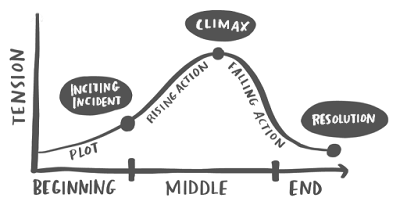Units for 5th primary
During this academic year 21-22 I have been able to work with three schools in on-site PD seminars . The aim was to create some literacy units to be used with students of English and by doing so become more familiarized with the approach. One of the schools, Infanta Leonor, has already finished their work, which is now publicly available on the Internet: Seminario Infanta Leonor Literacy Approach | Mediateca de EducaMadrid The material consists of three units of work on different texts (Harry Potter, The Day the Crayons Quit and Romeo and Juliet), in which students are asked to create different types of texts: the description of a person they admire (video), a booktrailer (video) and a written newspaper report. The work done by this team of teachers is, frankly, quite amazing, and, apparently, their students are making great progress and enjoying this way of working.
Looking at the units, I am really impressed by the choice of model text. For example, choosing the "Sorting Hat" scene from Harry Potter to work on characterization is simpy brilliant. The different Houses at Hogwarts also create a realistic context to introduce a lot of interesting vocabulary, and thus the whole unit is organized around materials which students can relate to very easily. If I could make a "wish", I would suggest that the focus of the unit could still be more clearly on the textual rather than the linguistic level, and there could be some work on producing effective videos, since the final production is a video recording. Working with story boards and scripts would have been a great addition here.
It is really interesting to see how difficult it is to let go of linguistic structures and vocabulary to structure a unit of work. These teachers have gone a long way in the right direction by working on the structure of texts, the use of linking words to give them cohesion, etc., and yet most of the aims that appear on the first page of the units are still linguistic. It also catches my attention to see how in a group of 5th grade students in a bilingual school the focus is still on "the present tense" and this, to me, seems to be an effect of the pressure teachers feel to work with the curriculum, despite the fact that reality may tell them that students already use the present tense naturally - even though not faultlessly.
Change is difficult, and introducing it in a very structured system where external tests wait around every corner is something of a feat. Also, change is gradual and needs to allow for teachers to come to own the new way of working, and these units constitute a great step in the right direction. The rest will follow 😉



Comments
Post a Comment